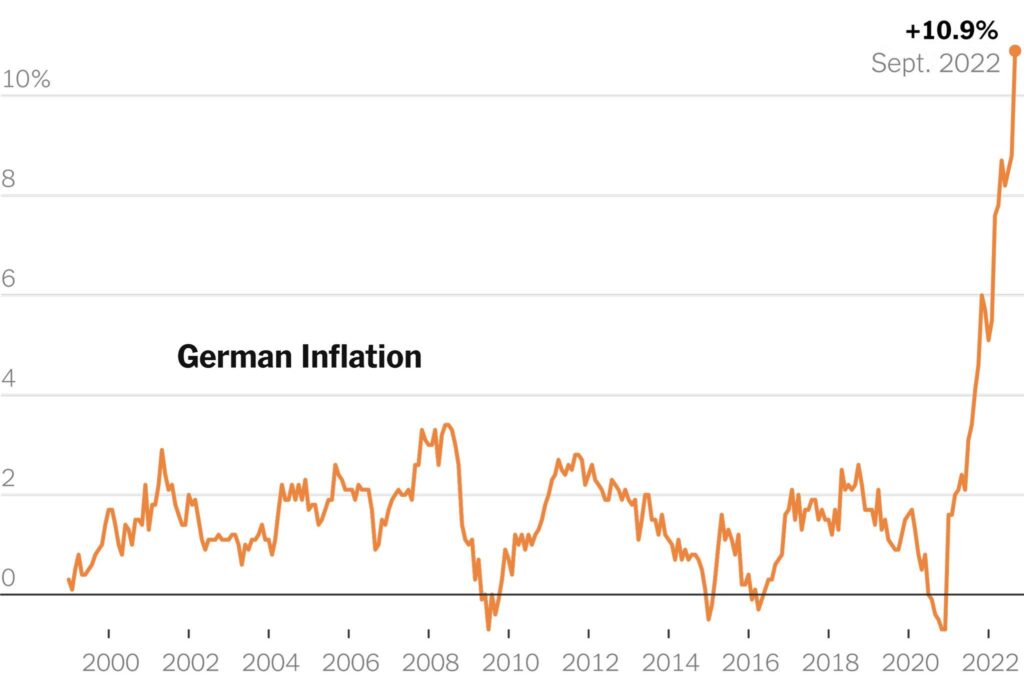Germany’s Inflation Rate Sees Slight Decline, Raising Economic Questions
In an unexpected development, Germany’s inflation rate has decreased to 2.2% in April, a figure that does not meet the forecasts of analysts who anticipated a more pronounced drop. Recent statistics from the federal statistics office indicate that while there has been a minor easing in inflation compared to the previous month, economic pressures remain significant for both consumers and businesses. This slight reduction prompts critical inquiries regarding the future direction of Germany’s economy—the largest in Europe—as it grapples with ongoing price increases and shifting market dynamics in a post-pandemic environment. Economists and policymakers are now paying close attention to these trends as they strive for stability amid uncertainty.
Factors Affecting German Economy and Inflation Rates
The recent data reveals a modest decline in Germany’s inflation rate, currently at 2.2% for April. Although this marks an improvement over prior months, it raises concerns among economists about the robustness of economic recovery within the country. The slight decrease is largely attributed to variations in energy prices alongside changes in consumer demand, leading many experts to speculate on potential long-term ramifications for the wider European economy. Investors are closely monitoring these developments as they may impact future monetary policies, including possible interest rate changes by the European Central Bank.
- Consumer Behavior: A downturn in consumer spending could further suppress inflationary trends, indicating a potential slowdown.
- Evolving Energy Costs: Ongoing fluctuations within energy markets remain crucial when predicting future inflation rates.
- Global Economic Factors: Persistent international supply chain challenges continue to pose risks for Germany’s economic growth moving forward.
The table below illustrates month-to-month shifts in inflation rates:
| Month | Inflation Rate (%) | |||
|---|---|---|---|---|
| Sector | / th > tr > | tr >< td Technology | tr >< td Retail | tr >Strategies For Managing Inflation Without Hindering Growth |
|---|
